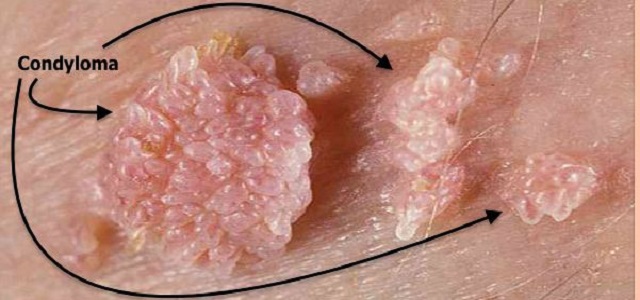Warts are well-known to the general public. Warts are caused by the HPV virus and are named differently depending on the site of occurrence. Warts that occur in the anal and genital area are called Kondilom.
Genital warts are a common illness affecting about 1% of adults worldwide.(1)
(1) https://www.ncbi.nlm.nih.gov/pmc/articles/PMC85555/
What Causes Condyloma?
HPV is the cause of all warts, including condyloma. There are 200 different types of HPV. And different types of HPVs cause warts in different parts of the body. 40 different types of HPV are associated with anal and genital warts.
Warts associated with the anal and genital area are examined in 3 groups according to their relationship with cancer. These; low-risk HPVs for cancer (6, 11, 40, 42, 43, 44, 54, 55 and 62), possible high-risk HPVs (26.53 and 66), and high-risk HPVs (16 in particular) 18, 31, 33, 35, 39, 45, 51, 56, 58, 59, 68, 73 and 82). (2)
Hpv virus is a virus that is transmitted through contact. The conditions that cause contamination are as follows; sexual contact (the main cause of condyloma in the breech and genital area is sexual contact), the use of common and wart-related articles, and direct contact with the wart. The weakness of the immune system makes it easier for the virus to become infected and active in the body.
(2)http://www.journalagent.com/kafkas/pdfs/KJMS_3_3_136_144.pdf
What are the Symptoms of Genital Warts?
Condylomas are structures similar to those seen in our body. It has a rough structure similar to cauliflower. It is usually pinkish in color. They can be found individually or collectively. It is easy to recognize because it resembles warts. However, some patients may be confused with other diseases, especially those in the breech region.
Itching is the biggest and prominent precursor of wart formation. Itching in the anal and genital area can be a precursor of condyloma.
There are no complaints other than itching and wart formation. They do not cause pain or bleeding.
Condylomas can spread rapidly. Therefore, it is useful to consult a specialist doctor as soon as it is noticed.
How is it Diagnosed?
There is no need for any tests, ultrasound or anything else to diagnose the disease. An eye examination to be performed by a specialist physician in this field can be understood. However, it is important that the doctor is experienced in this field. Because condylomas can sometimes be confused with other breech diseases. This leads to wrong treatment. It also causes the spread of warts.
Genital Warts Treatment Options
Condyloma treatment is treated with cryotherapy (freezing), radio frequency and electro cautery techniques. There is information circulating among the public that they are being treated with laser. However, this is not true. Condylomas are lesions that are raised by the skin. Laser treatment of puffy lesions is not possible. Laser is applied only in superficial lesions.
Among the treatments, the most successful results were obtained from the treatments with radio frequency. For this reason, the radio frequency technique we recommend.
Radio Frequency Treatment
Rf device used in the treatment and treatment of capillary varices has also been used successfully in the treatment of condyloma. Thanks to the device that converts radio waves into heat energy, condylomas are permanently evaporated.
With the help of the device, the process continues until all warts are evaporated. If all warts are not intervened, it will recur in a very short time. For this reason, all warts formed during treatment should be evaporated.
Considerations in the Treatment of Condyloma
Hpv virus is a virus with an incubation stage. The incubation phase is the stage in which the virus is found passively in the body. In this phase, the virus is alive in the body but does not form condyloma. Warts may occur when the appropriate environment is formed (when the person’s immune system is weak). Studies have found that HPV virus can survive in the body for 2 weeks to 8 months.(3)
Even if all condylomas are vaporized during treatment, new warts may develop as the virus can remain alive in the body. Therefore, patients should be followed up for 6 months even if all condylomas are evaporated during treatment. If new wart formations are observed during this process, it should be intervened immediately.
(3) https://www.ncbi.nlm.nih.gov/pmc/articles/PMC3495069/
Will Genital Warts Recur After Treatment?
Unfortunately, there is a risk of recurrence. Condyloma is most often transmitted by sexual intercourse, so it is important for people to pay attention to their sexual partner to protect them from HPV. If the precaution is not taken, there is a risk of re-infection. What happens if genital warts are not treated?HPV can cause cancer. In particular, the high-risk species mentioned in the introduction are directly related to cancer. Untreated warts can cause cervical and anus cancer.
Not all cases of condyloma cause cervical cancer, but most cervical cancers are caused by HPV. In a study investigating the relationship between HPV and cervical cancer, it was found that cervical cancers originated from around 95% HPV
 IDEA Clinic
IDEA Clinic









